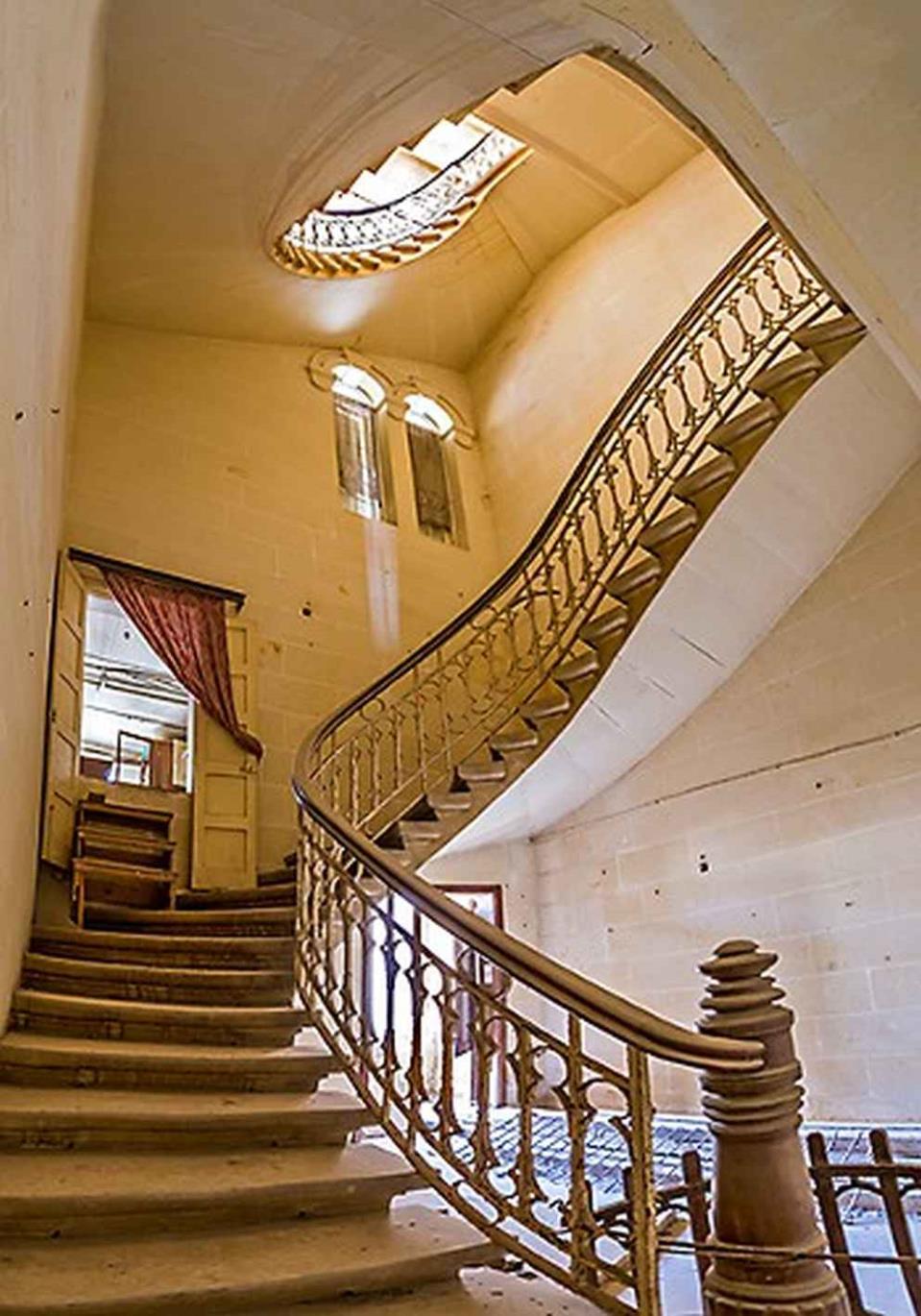Prompted by serious concern about the accelerating pace of destruction of heritage on the Maltese Islands, five experts in architectural heritage, Prof. Alex Torpiano, Dr Claude Busuttil, Prof. Conrad Thake, Perit Edward Said and Prof. Richard England this week spoke out about the deteriorating levels of heritage preservation in a press conference organised by Flimkien għal Ambjent Aħjar (FAA).
FAA Coordinator Astrid Vella announced that the campaign launched to save the ‘Haggarija’ heritage house next to the Cittadella in Gozo, had resulted in a record of almost 1,400 objections submitted to Mepa, a reflection of the public’s growing sensitivity to heritage. Ms Vella urged the church authorities to go back to the original plans for a surface, landscaped car park that would not destroy the house or disturb remains in this zone rich in archaeology.
Professor Richard England described the fine examples of architecture left to us by Guze Damato who designed the house in Victoria, and whose interior is facing demolition to make way for a car park. Damato’s works are especially to be appreciated in view of the fact that the 1950s were architecturally quite poor in Malta. Since the most important building of the period, the Qala School built by Perit Huntingford has already been destroyed, Prof. England asked what remained if we were to eliminate even more of our sense of memory? He also emphasised that since architecture is about function as well as form, space, i.e., the interior special aspects and not about the external facades, important as they are.
Prof. Conrad Thake continued by saying that Guze Damato was a naval architect who was born in Sfax and studied naval architecture and the use of reinforced concrete at Torre Annunziata, Naples. He did not have a Maltese warrant as an official architect and civil engineer to sign off the plans of the house. This did not, however, in any way diminish the value of the house, which has an intrinsic architectural value irrespective of who built it, both because of its beautiful internal features, and as well as its contribution to the streetscape.
Prof. Thake highlighted the fact that architect Guze Damato dedicated much of his life to works for the Church, free of charge, and it was very disappointing that the Cathedral Chapter’s “recognition” was the destruction of this building, for what was essentially a commercial project. Professor Thake appealed to the Bishop of Gozo to re-evaluate the project, which was not only an injustice to the Gozitan community, but also because the value of such a structure in its streetscape went far beyond Gozo.

Prof. Alex Torpiano said that besides the loss of a very fine building, this project had very worrying implications, as it made it clear that a society seemed to value a car park more than a cultural site. He stressed that the car park would not solve any problems, but would simply bring more cars into the protected Cittadella area, when an outlying car park with an electric shuttle would be a far better solution.
Professor Torpiano criticised the tendency to value a building according to its period, instead of seeing it in a context which should be preserved, complete with buildings of different ages, as was reflected in the architecture of Valletta. Heritage should not be valued according to arbitrary UCA lines or very limited scheduling, but should be restored according to the intrinsic values of the building and the streetscape.
Perit Edward Said continued on this theme, highlighting how the Art Deco houses involved in a recent polemic had not been protected. He emphasised that in a town like Sliema different recent styles still survive but are not being appreciated, even though as excellent examples of each period, they are as valid as the oldest buildings of Mdina. Whole areas of Sliema, Gzira and Hamrun that were enhanced by a rich variety of 20th century styles are being ruined by this architectural apartheid. Perit Said appealed to the Superintendence of Cultural Heritage to carry out a stock-take of buildings and especially streetscapes that should be protected.
Dr Claude Busuttil said how concerned he had been when Valletta went through this phase of having houses gutted in an orgy of façadism. Already in the 1960s, foreign architects were urging the Maltese to value Maltese architecture and Richard England along with others were creating buildings that reinterpreted Maltese typology in a modern way. By destroying the house in Victoria and a whole block of Cospicua Urban Conservation Area, we are unforgivably repeating the mistakes of the past and seem to have learnt nothing in the space of 60 years.
Ms Vella stated that an original permit for the destruction of these houses had been suspended as the Housing Department had issued a policy to use existing vacant units instead of building new ones. Therefore, one asked why this volte-face, which would destroy some 30 houses, condemning the area to remaining a ghetto of social cases, just when Cospicua, the Cinderella of the area, was being rehabilitated to catch up with Birgu and Senglea? Similarly, the destruction of St George’s Barracks and the plans for the Fort Cambridge Officers’ Mess will spell a loss for the Maltese Islands.
The five architects and Ms Vella decried the authorities’ lack vision and concluded by stating that architecture should respect its era and its context, since the destruction of one house or block affected the whole area. Given that our economy depended on tourism, such destruction was extremely damaging and short-sighted. “When we destroy our past we are damaging our future”.